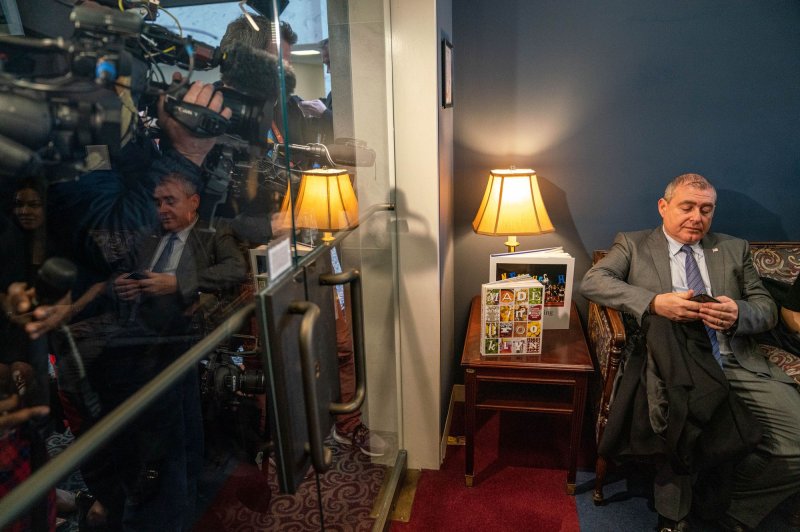CREDIT: REUTERS/CARL RECINE
Britain's Maritime and Coastguard Agency (MCA) on Friday said a ferry operated by P&O has been detained in Northern Ireland due to failures on "crew familiarisation, vessel documentation and crew training."
March 25 (Reuters) - Britain's Maritime and Coastguard Agency (MCA) on Friday said a ferry operated by P&O has been detained in Northern Ireland due to failures on "crew familiarisation, vessel documentation and crew training."
The ferry European Causeway, which operates between Cairnryan in Scotland and Larne in Northern Ireland, will remain under detention until the company resolves all the issues, a spokesperson for the agency said.
P&O was already facing scrutiny from the government over sacking 800 seafarers last week without consulting unions.
"Following my instruction to inspect all P&O vessels prior to entering back into service, the @MCA_Media has detained a ship for being unfit to sail." British transport minister Grant Shapps said in a tweet.
Prime Minister Boris Johnson has said that his government would take legal action against P&O over the sackings.
P&O's boss has admitted that it broke the law. "We chose not to consult, and we are and we will compensate everybody in full for that," Chief Executive Officer Peter Hebblethwaite said on Thursday.
P&O did not immediately respond to Reuters request for comment.
(Reporting by Mrinmay Dey and Shubham Kalia in Bengaluru; Editing by David Gregorio)
Britain's Maritime and Coastguard Agency (MCA) on Friday said a ferry operated by P&O has been detained in Northern Ireland due to failures on "crew familiarisation, vessel documentation and crew training."
March 25 (Reuters) - Britain's Maritime and Coastguard Agency (MCA) on Friday said a ferry operated by P&O has been detained in Northern Ireland due to failures on "crew familiarisation, vessel documentation and crew training."
The ferry European Causeway, which operates between Cairnryan in Scotland and Larne in Northern Ireland, will remain under detention until the company resolves all the issues, a spokesperson for the agency said.
P&O was already facing scrutiny from the government over sacking 800 seafarers last week without consulting unions.
"Following my instruction to inspect all P&O vessels prior to entering back into service, the @MCA_Media has detained a ship for being unfit to sail." British transport minister Grant Shapps said in a tweet.
Prime Minister Boris Johnson has said that his government would take legal action against P&O over the sackings.
P&O's boss has admitted that it broke the law. "We chose not to consult, and we are and we will compensate everybody in full for that," Chief Executive Officer Peter Hebblethwaite said on Thursday.
P&O did not immediately respond to Reuters request for comment.
(Reporting by Mrinmay Dey and Shubham Kalia in Bengaluru; Editing by David Gregorio)







